The idea for a stylish wearable device to encourage the pursuit of science and engineering originated in 2017 with one of our regular outreach events on Yale’s campus. We invited high schoolers to campus to use breadboards, LED strips, and a motion sensor to create a motion-sensing bracelet. The feedback after the event was overwhelmingly positive, particularly among those students who hadn’t worked with electronic components before, confirming our conviction that building something beautiful can overcome initial fears about math and science.
We were particularly encouraged when students who hadn’t worked with electronic components before expressed their commitment to keep exploring after our event.
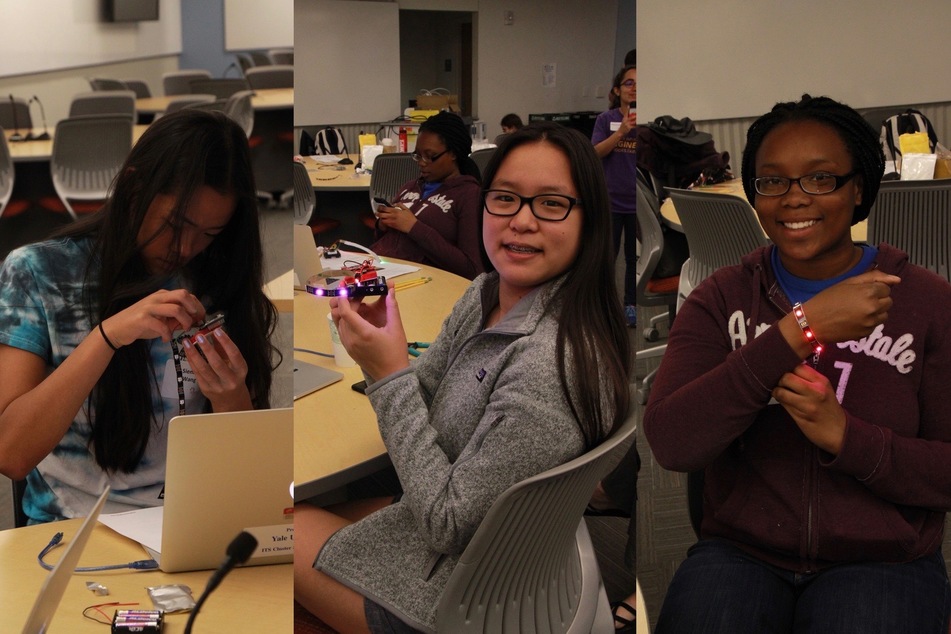
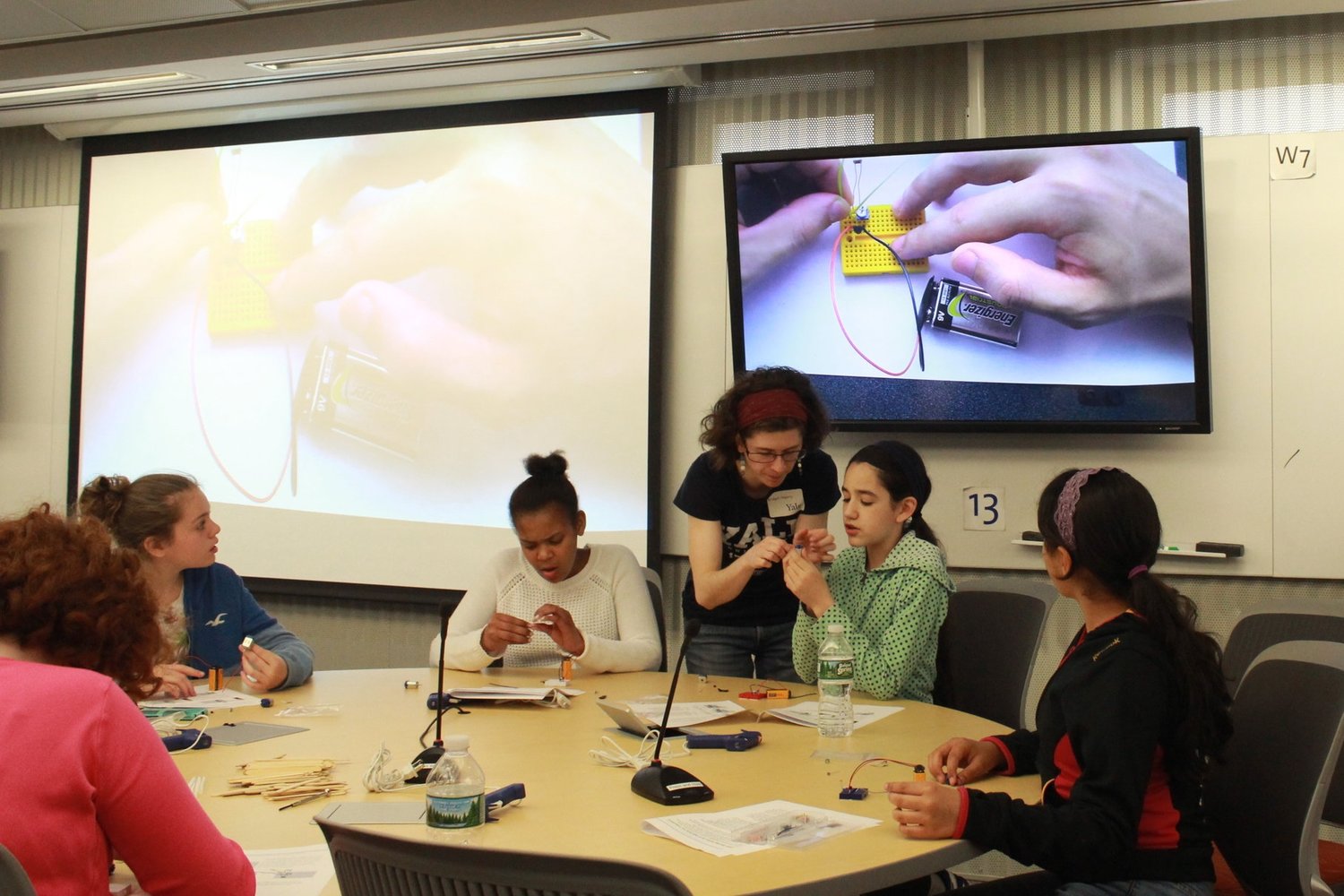
The SpinWheel eliminates the need for experienced volunteers to help with debugging and wiring; moreover, the current design is both more resilient and (we believe) more elegant than the original LED bracelets.
We iterated through many designs to find something that was wearable, aesthetically pleasing, and included sufficient LEDs to represent cardinal directions, measured tilt, and other physical quantities.
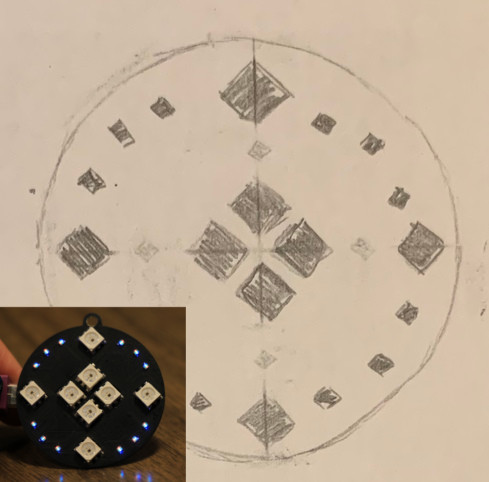
Once we had our components and a rough sketch of the layout, we began designing the circuit board using computer aided design (CAD) tools. The main challenge was fitting all of the components into a compact form factor and completing the circuit without crossing electrical components.
By ordering a small number of test boards for hand soldering, we were able to double check the performance of each component and ensure the final device will work reliably.
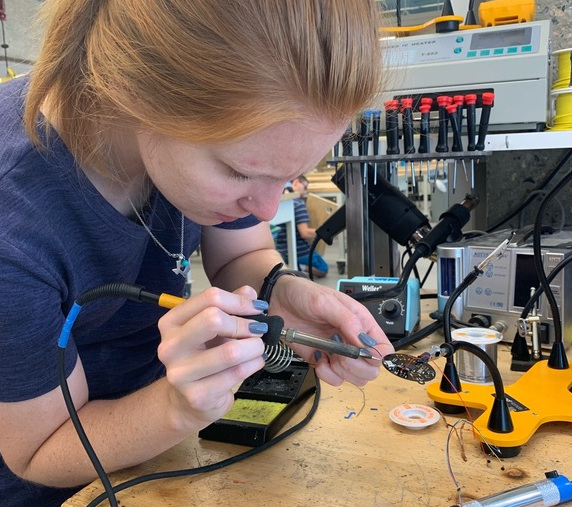
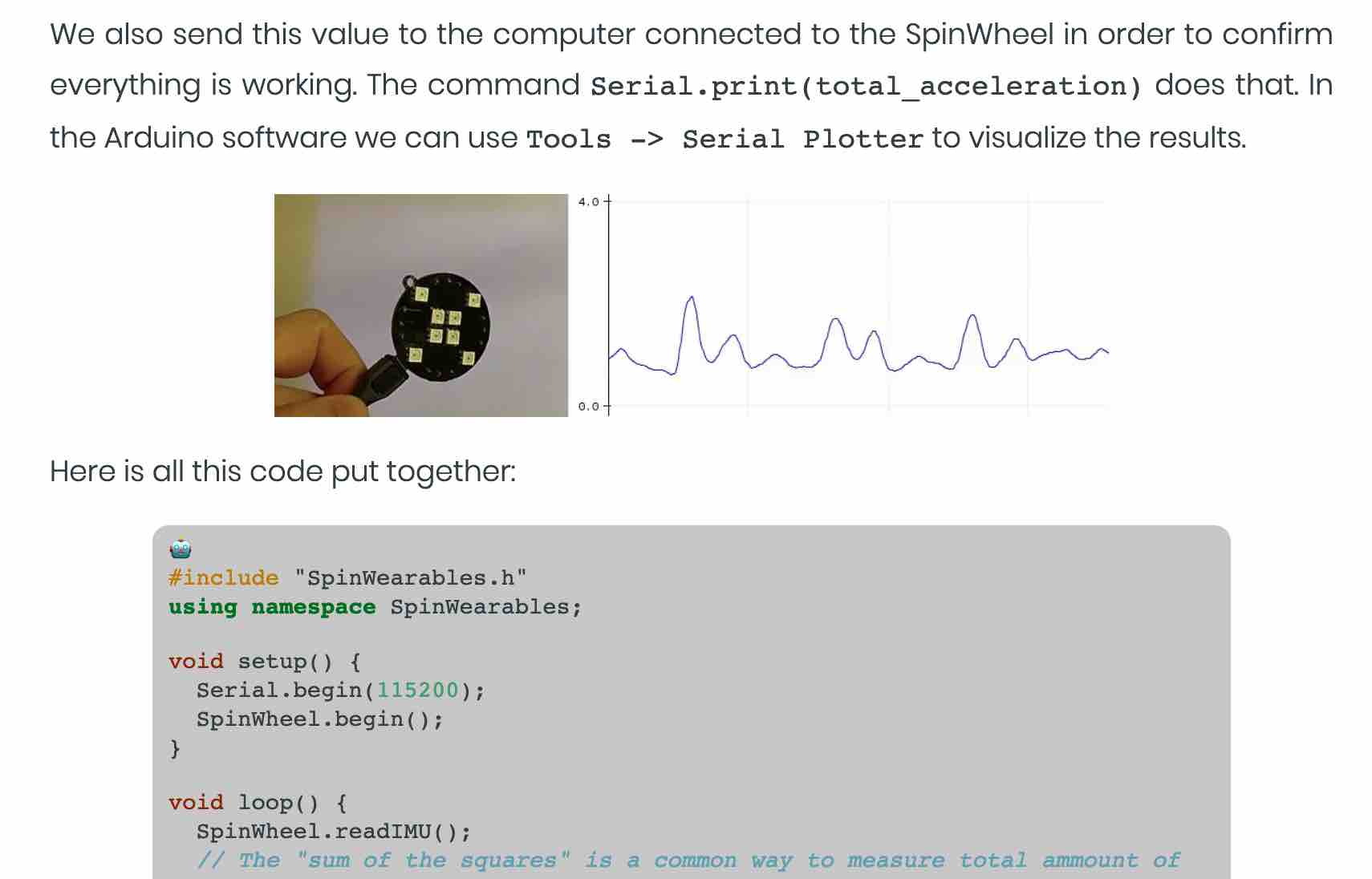
We based our device on the open-source Arduino platform, which is used by makers world-wide. We structured our lessons to be accessible to students who have never programmed, but also allow advanced users to create customized scripts.
With the SpinWheel, we have created a beautiful wearable device that students can confidently use to explore the marvels of science on their own.
If this sparked your curiosity, check out a more detailed version and learn about the specs of the device in the “Engineer’s Diary” part of our educational guide. We also have a few notes on the entrepreneurial side of things.
By discussing the design and testing process in more detail, we hope that makers of all ages will feel empowered to create their own devices.
